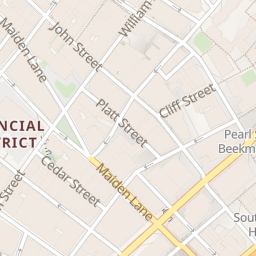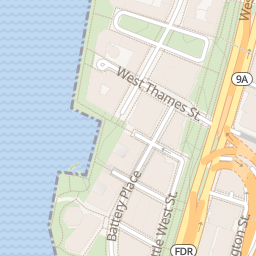Resumes
Resumes

Industry Associate Professor At Nyu-Poly
View pagePosition:
Industry Associate Professor at Polytechnic Institute of New York University
Location:
Greater New York City Area
Industry:
Higher Education
Work:
Polytechnic Institute of New York University since 2010
Industry Associate Professor
Polytechnic Institute of New York University 2005 - 2010
Industry Assistant Professor
Osaka University 2003 - 2005
Research Associate
Beijing Huahuan Electronics Ltd Jan 2000 - Oct 2003
Senior Design Engineer
Industry Associate Professor
Polytechnic Institute of New York University 2005 - 2010
Industry Assistant Professor
Osaka University 2003 - 2005
Research Associate
Beijing Huahuan Electronics Ltd Jan 2000 - Oct 2003
Senior Design Engineer
Education:
Tsinghua University 1998 - 2003
Ph.D., Electrical Engineering
Ph.D., Electrical Engineering
Languages:
Chinese

Kang Xi
View pageLocation:
Greater New York City Area
Industry:
Higher Education

Kang Xi
View pageLocation:
Circleville, Ohio
Industry:
Chemicals

Kang Xi
View pageLocation:
Greater New York City Area
Industry:
Computer Networking

Kang Xi Morganville, NJ
View pageWork:
Dept. Electrical & Computer Engineering, Polytechnic Institute of New York University
May 2010 to 2000
Industry Associate Professor
Dept. Electrical & Computer Engineering, Polytechnic Institute of New York University
Brooklyn, NY
Jan 2005 to May 2010
Industry Assistant Professor
Osaka University
Dec 2003 to Jan 2005
Research Associate
Beijing Huahuan Electronics
Jan 2000 to Dec 2003
Senior Network Design Engineer
May 2010 to 2000
Industry Associate Professor
Dept. Electrical & Computer Engineering, Polytechnic Institute of New York University
Brooklyn, NY
Jan 2005 to May 2010
Industry Assistant Professor
Osaka University
Dec 2003 to Jan 2005
Research Associate
Beijing Huahuan Electronics
Jan 2000 to Dec 2003
Senior Network Design Engineer
Education:
Tsinghua University
Jan 2003
PhD in Electrical Engineering
Tsinghua University
Jun 1998
Bachelor in Electrical Engineering
Jan 2003
PhD in Electrical Engineering
Tsinghua University
Jun 1998
Bachelor in Electrical Engineering






